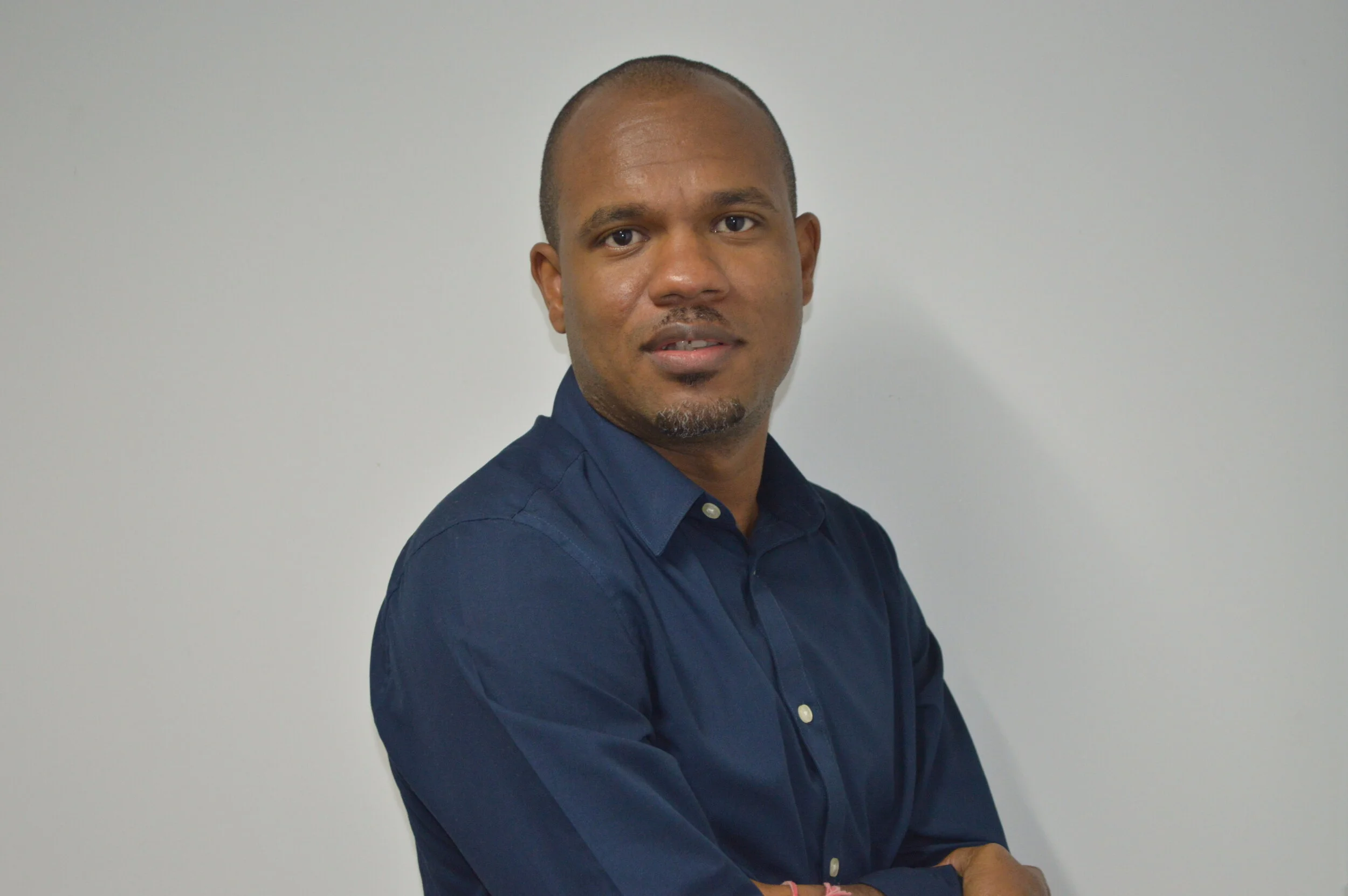School leaders leading curriculum inclusion: Re-culturing pedagogy, re-imagining the student experience
By Paul Miller
Curriculum diversity and inclusion are priority areas for many people working in formal and informal settings. Played out in public debates, and in organisational practices, these priorities are anchored on recent and ongoing calls to decolonise the curriculum. What is not so well known however is that these calls and attendant priorities are framed against moral, philosophical and legal bases of education – articulated over successive generations. The moral and philosophical arguments are somewhat intertwined, both proposing “human flourishing”, “emancipation” and “enlargement of horizons” as central to the purpose of education and a curriculum. Such concepts and ideas draw from and are pulled together in the United Nations Convention on the Rights of the Child (UNCRC) which identifies the purpose of education and a curriculum as:
The development of the child’s personality, talents and mental and physical abilities to their fullest potential;
The development of respect for human rights and fundamental freedoms
The development of respect for the child’s parents, his or her own cultural identity, language and values, for the national values of the country in which the child is living, the country from which he or she may originate and for civilisations different from his or her own;
The preparation of the child for responsible life in a free society, in the spirit of understanding, peace, tolerance, equality of sexes and friendship among all peoples, ethnic, national and religious groups and persons of indigenous origin;
The development of respect for the natural environment
Although teachers and learning leaders in formal and informal settings, globally, would suggest they prepare and indeed deliver curricula that fulfil the moral, philosophical and legal aims of education, this is unlikely to have been the case since, for many, they have not engaged with these purposes beyond their own teacher training, and for others, they have not engaged with these aims at all. This however does not mean they have no idea or understanding of what good teaching looks like. However, this understanding is arguably limited to tacit knowledge.
In this article, we see a group of school leaders doing three important things:
Owning gaps in their own knowledge and understanding - school leaders did not allow their ego or constraints of time to deter them from making both a personal and institutional commitment. Rather, they showed intentionality of purpose and mission, more crucial and more urgent than any perceived or actual constraints.
Pursuing training and development in order to reduce knowledge gaps – school leaders owned gaps in their knowledge, highlighting the fact they need targeted and ongoing support and opportunities to learn, for in doing so they are better placed to more effectively model for and demand from staff. Leaders’ learning is a relatively unresearched area which needs deeper and closer attention.
Leading and supporting the development of curriculum that manifest the moral, philosophical and legal aims of education and a curriculum – school leaders created a multiplier effect by sharing what they had learnt with staff, and by applying it in practice through their own reviews of subject curriculum.
There are many teachers and learning leaders in formal and informal educational settings who are at the same place these school leaders were when they started the Inclusive Curriculum Project. Many are asking questions of how to inclusivise the curriculum, and the crucial step before that, how to equip themselves to do so. Incluisvising a curriculum is not a perfect science, but it requires personal and institutional commitment from senior leaders, and galvanising among those involved in curriculum planning and delivery.
Article Details
School leaders leading curriculum inclusion: Re-culturing pedagogy, re-imagining the student experience
Paul Miller, James Lane, and Karen Jaeggi
First Published January 28, 2022
DOI: 10.1177/27526461211069133
Equity in Education & Society
About the Author

